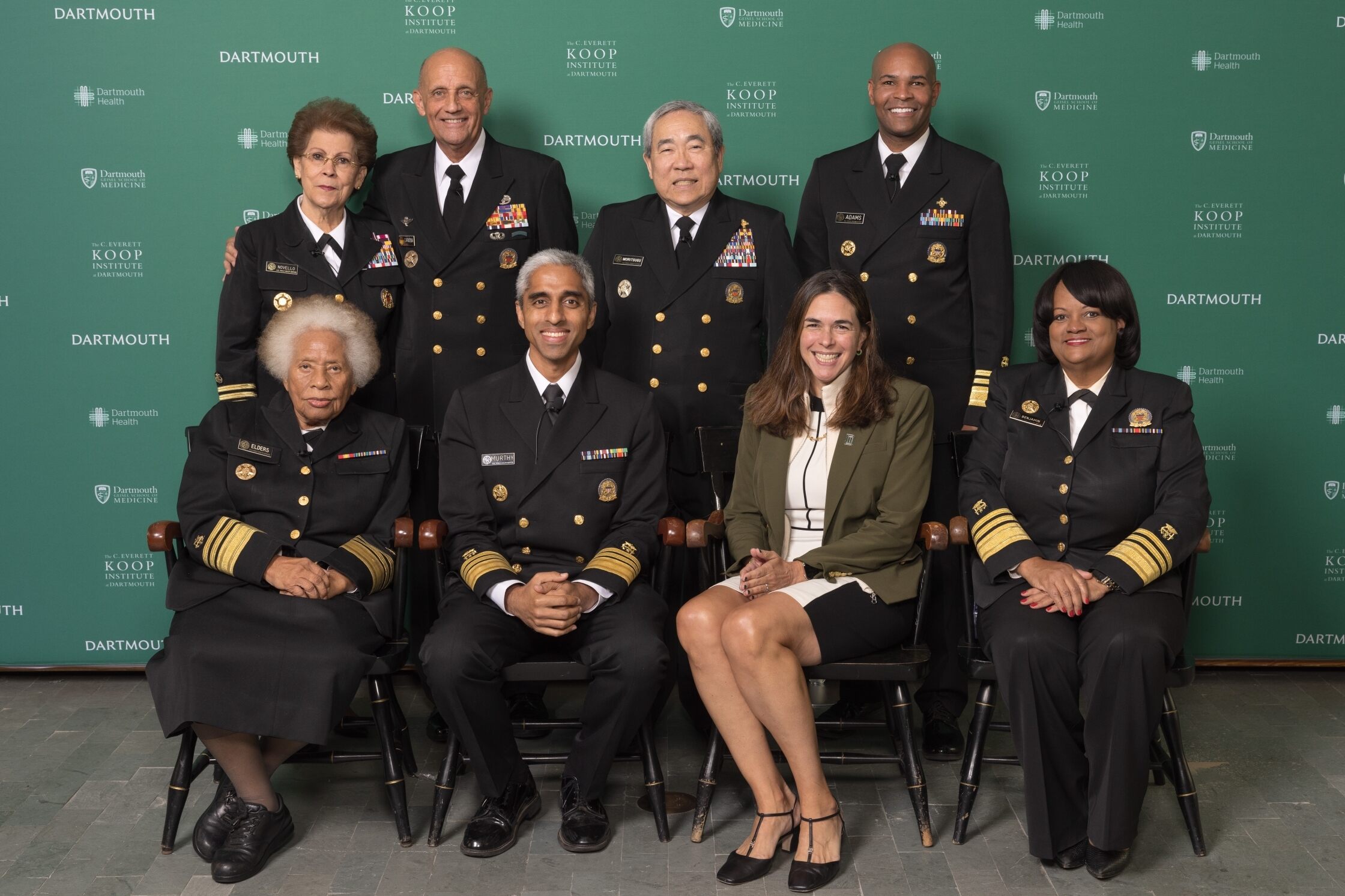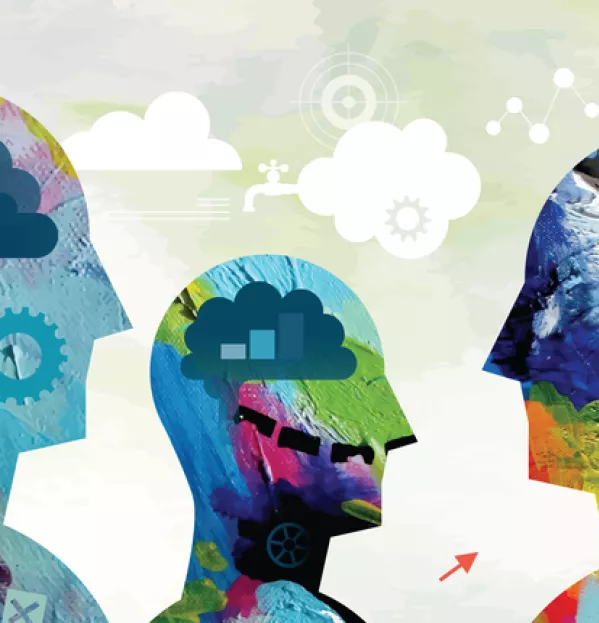 As the holiday season approaches, images of festive cheer and family gatherings flood our minds. However, for teens and young adults grappling with anxiety, obsessive-compulsive disorder (OCD) or related challenges, this time can often amplify their struggles. The bustling environment, family dynamics, and the break from routine can trigger intense anxiety episodes. In this context, Mountain Valley Treatment Center emerges as a sanctuary, offering a therapeutic alternative to the traditional holiday experience. Here’s why spending the holidays at Mountain Valley can be a transformative experience for these young individuals.
As the holiday season approaches, images of festive cheer and family gatherings flood our minds. However, for teens and young adults grappling with anxiety, obsessive-compulsive disorder (OCD) or related challenges, this time can often amplify their struggles. The bustling environment, family dynamics, and the break from routine can trigger intense anxiety episodes. In this context, Mountain Valley Treatment Center emerges as a sanctuary, offering a therapeutic alternative to the traditional holiday experience. Here’s why spending the holidays at Mountain Valley can be a transformative experience for these young individuals.
1. Empowering Through Exposure and Response Prevention
Mountain Valley Treatment Center takes a proactive approach to the amplified stress the holiday season can bring for those with anxiety, OCD, and related challenges. Instead of simply providing a refuge from triggers, the center engages young people in Exposure and Response Prevention (ERP) therapy, an evidence-based treatment highly effective for anxiety and OCD. This therapy involves gradual exposure to feared situations or thoughts, coupled with guidance on how to refrain from typical anxiety-driven responses.
In the controlled and supportive environment of Mountain Valley, ERP allows individuals to confront their fears incrementally. This approach reduces anxiety and enhances the ability to cope with triggers. By building resilience and empowering young people to face their fears with reduced apprehension, this therapy integrates specific holiday-related scenarios, under the guidance of skilled therapists. Participants learn to manage these situations, gaining confidence and tools to handle their reactions. This structured approach provides immediate relief and equips them with long-term skills for emotional stability and resilience, making the holiday season a time of significant therapeutic progress.
2. Specialized Care and Attention
The holiday season often leaves little room for the focused care required by these conditions. Mountain Valley’s experienced therapists and caregivers provide personalized attention and treatment, addressing each individual’s unique needs, a challenging task in the often hectic family holiday atmosphere.
3. Building Coping Skills in a Real-World Setting
Mountain Valley is more than a retreat; it’s a real-world learning environment. The center offers various programs and activities to build coping skills for use beyond the holidays. This immersive experience is invaluable in equipping participants to manage anxiety and OCD symptoms effectively in their daily lives.
4. Fostering Independence and Self-Confidence
Spending the holidays away from home can be empowering, allowing young individuals to develop independence and self-reliance. Mountain Valley’s safe and nurturing environment encourages steps towards managing their condition, fostering self-confidence and a sense of achievement.
5. A Community of Understanding
A significant benefit of Mountain Valley is the sense of community. Being surrounded by peers who understand and share similar challenges creates a supportive and non-judgmental environment, particularly therapeutic during a time when feelings of isolation can be pronounced.
6. Continuing Education and Growth
For young adults, the Center ensures that their educational growth continues uninterrupted. With programs accommodating their learning needs, the holiday season at Mountain Valley becomes a period of personal and academic development, rather than a stressful break.
7. Balancing Treatment with Holiday Traditions
Recognizing the importance of the holiday spirit, Mountain Valley Treatment Center thoughtfully balances its therapeutic program with the essence of seasonal celebrations. For those who wish to experience the festive cheer, the center hosts low-key holiday events on-site. These celebrations are mindfully designed to be joyful yet not overwhelming, allowing young people to engage in the festive spirit in a manner that respects their therapeutic journey. Whether it’s a serene Christmas gathering or a peaceful Hanukkah celebration, these events are infused with the warmth of the season, providing a sense of normalcy and joy.
For some, going home for a few days to celebrate with family is an integral part of their emotional and psychological well-being. Mountain Valley supports these short home visits, viewing them as opportunities to apply newly learned coping strategies in a familiar environment. This flexibility in the treatment approach underscores the center’s commitment to holistic care, blending the healing process with the valuable experiences of family traditions and warmth. By doing so, Mountain Valley ensures that the holidays can still hold a special place in the hearts of its residents, offering a blend of therapeutic progress and festive joy.
While the holidays are traditionally a time for family, for teens and young adults with anxiety, OCD, or related challenges, the unique offerings at Mountain Valley present a valuable alternative. It’s a place where the holiday season can be a time of healing, growth, and peace — a truly transformative experience that arms them with resilience and skills for the future.




 As the external sensations of our world continue to become more abundant and all consuming, we often overlook the sensations of our inner world. One of the most important and foundational sensory systems we have is our interoceptive system. Interoception is our body’s internal radar of the condition of our body, conveying information about the state of what is happening within the bounds of our skin.
As the external sensations of our world continue to become more abundant and all consuming, we often overlook the sensations of our inner world. One of the most important and foundational sensory systems we have is our interoceptive system. Interoception is our body’s internal radar of the condition of our body, conveying information about the state of what is happening within the bounds of our skin.